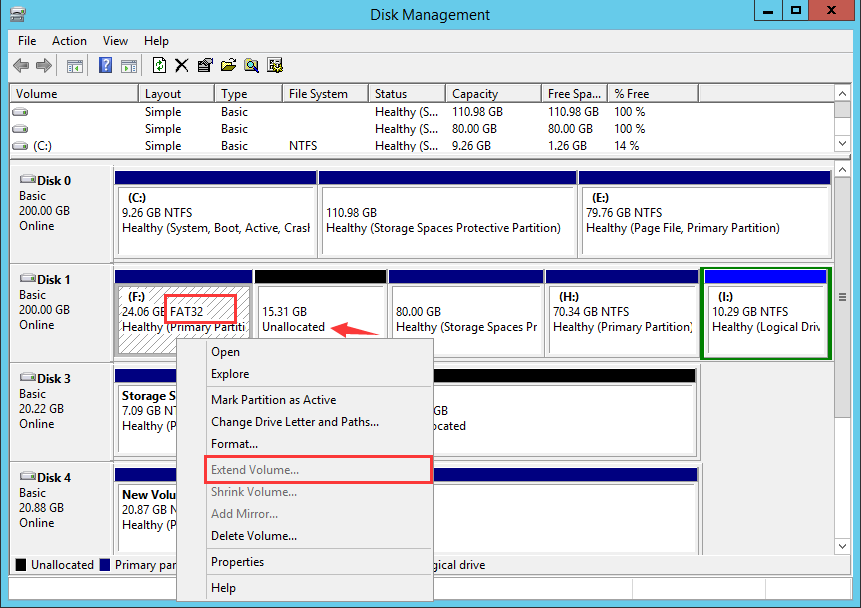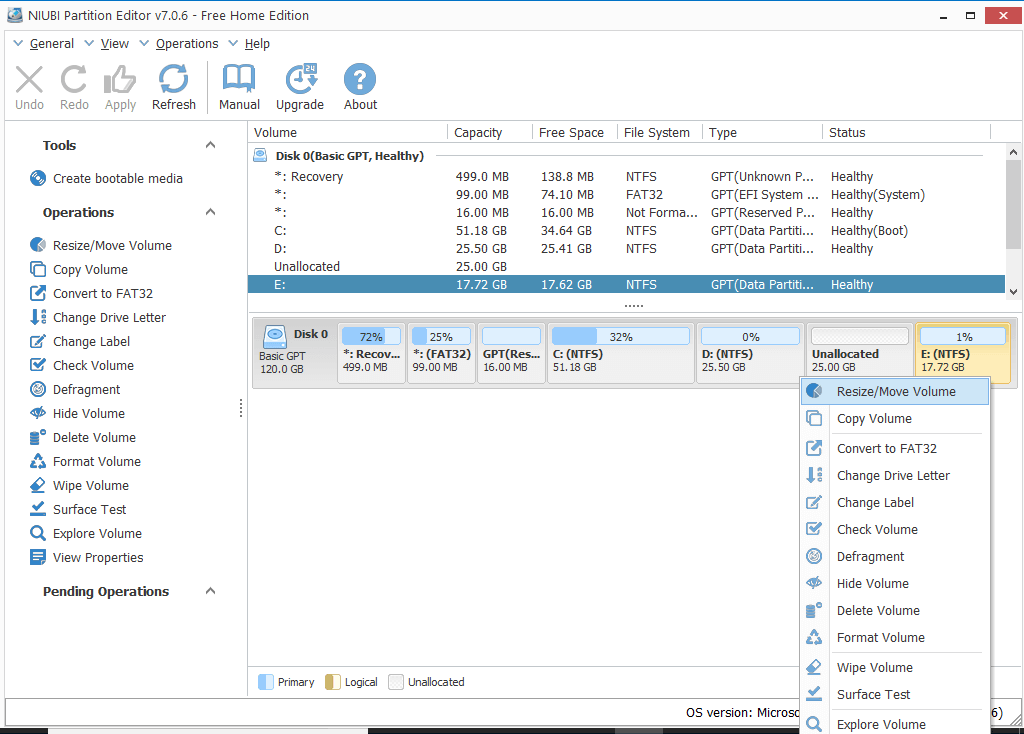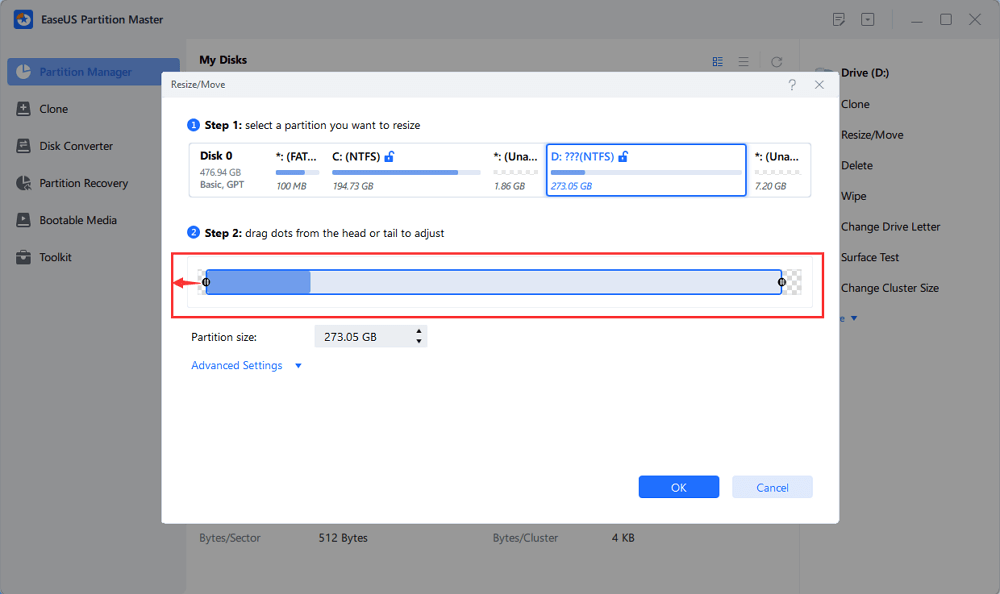
To move files to the new location, use these steps:

For example, new_drive.Īfter you complete the steps, you can start moving the files back to the new drive. In the "Value label" field, type a descriptive name for the drive.Click the Yes button to confirm that the action will erase all the contents of the drive.Right-click the drive with the old partition, and select the Delete Volume option. To delete the old and create a new partition at the beginning of the drive, use these steps: Click the Move to button from the "Home" tab.Īfter you complete the steps, you will have relocated the files to the new partition.Quick tip: If you have a large amount of data, it's best only to transfer some of the data at a time. Under the "Devices and drives" section, double-click the drive with the data you have to move.To transfer the files from the old to new temporary partition, use these steps: Once you complete the steps, the drive will have a second partition that you can use as temporary storage to backup your files. Unless necessary, clear the Enable file and folder compression option.Use the "Allocation unit size" drop-down menu, and select the Default option.Use the "File system" drop-down menu, and select the NTFS option.

Use the "Assign the following drive letter" drop-down menu to select a letter for the new drive. Use the default settings for the volume size. Right-click the "Unallocated space," and select the New Simple Volume option. Quick tip: The amount of space to shrink should be equal or larger of the amount of data you need to move. Specify the amount (in megabytes) of space to shrink. Right-click the drive with the partition you want to recreate, select the Shrink Volume option.


How to move files to a new partition without a secondary drive


 0 kommentar(er)
0 kommentar(er)
